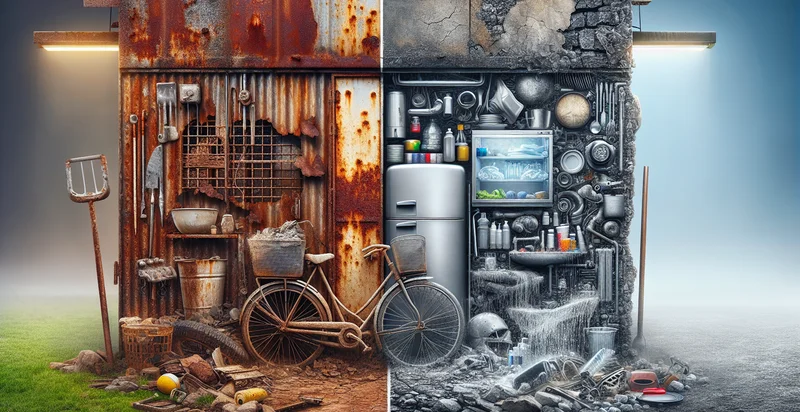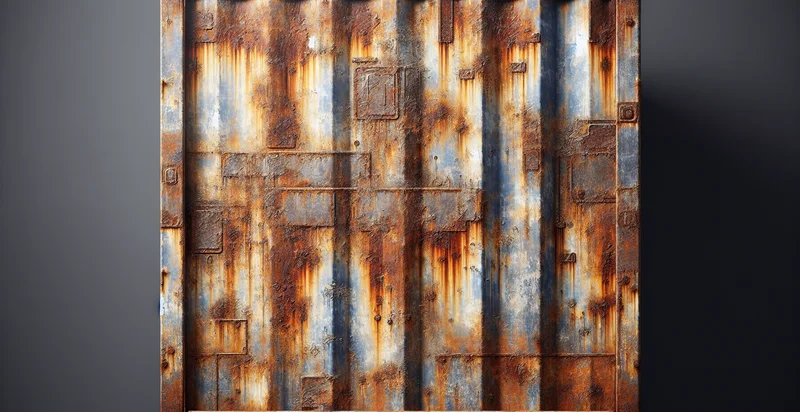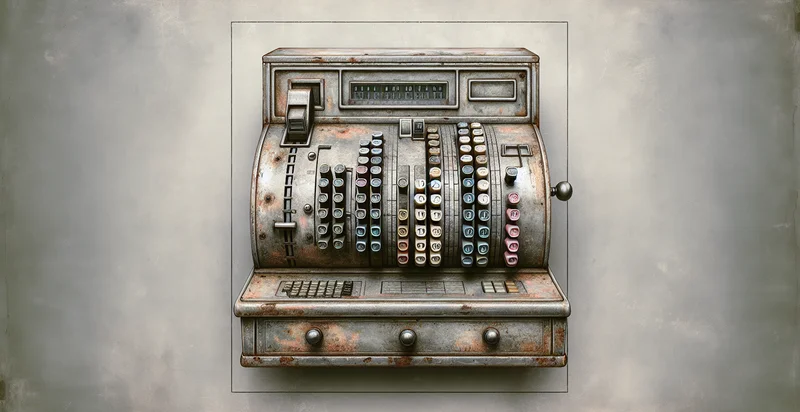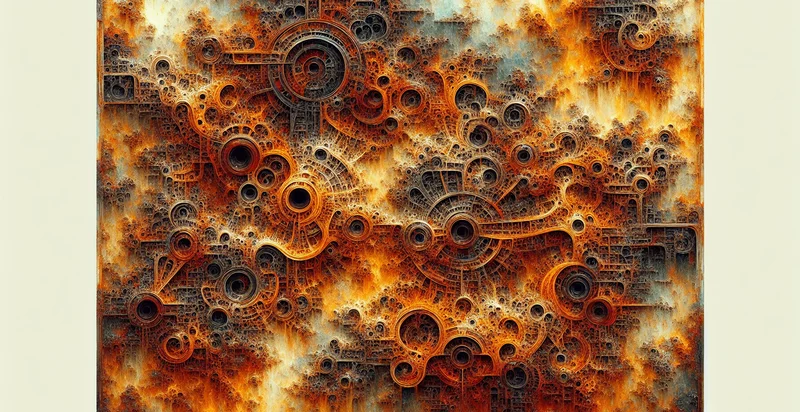Identify rusted vs clean
using AI
Below is a free classifier to identify rusted vs clean. Just upload your image, and our AI will predict if an object is rusted or clean - in just seconds.

Contact us for API access
Or, use Nyckel to build highly-accurate custom classifiers in just minutes. No PhD required.
Get started
import nyckel
credentials = nyckel.Credentials("YOUR_CLIENT_ID", "YOUR_CLIENT_SECRET")
nyckel.invoke("rusted-vs-clean", "your_image_url", credentials)
fetch('https://www.nyckel.com/v1/functions/rusted-vs-clean/invoke', {
method: 'POST',
headers: {
'Authorization': 'Bearer ' + 'YOUR_BEARER_TOKEN',
'Content-Type': 'application/json',
},
body: JSON.stringify(
{"data": "your_image_url"}
)
})
.then(response => response.json())
.then(data => console.log(data));
curl -X POST \
-H "Content-Type: application/json" \
-H "Authorization: Bearer YOUR_BEARER_TOKEN" \
-d '{"data": "your_image_url"}' \
https://www.nyckel.com/v1/functions/rusted-vs-clean/invoke
How this classifier works
To start, upload your image. Our AI tool will then predict if an object is rusted or clean.
This pretrained image model uses a Nyckel-created dataset and has 2 labels, including Clean and Rusted.
We'll also show a confidence score (the higher the number, the more confident the AI model is around if an object is rusted or clean).
Whether you're just curious or building rusted vs clean detection into your application, we hope our classifier proves helpful.
Related Classifiers
Need to identify rusted vs clean at scale?
Get API or Zapier access to this classifier for free. It's perfect for:
- Asset Maintenance Prediction: This use case involves using the rusted vs clean identifier to predict when equipment or machinery will require maintenance based on visual assessments. By identifying rust before it spreads, businesses can schedule timely repairs, reduce downtime, and extend asset lifespans.
- Quality Control in Manufacturing: In manufacturing processes, the identifier can be employed in quality assurance to check products for signs of rust and corrosion. By flagging defective items early in the production line, companies can ensure higher product quality and customer satisfaction.
- Real Estate Assessment: Property inspectors can utilize this function to evaluate the condition of buildings and structures by detecting rust on components like railings and pipes. Accurate assessments can lead to better-informed selling or buying decisions and facilitate necessary renovations.
- Inventory Management for Metal Parts: Businesses can apply the identifier to monitor inventory conditions in warehouses, especially for metal parts and equipment. By detecting rust, companies can prioritize the replacement or restoration of affected items, thereby optimizing inventory and reducing costs associated with degradation.
- Predictive Analytics for Vehicle Inspections: Automotive industries can integrate the identifier into their vehicle inspection processes to identify rust on cars and trucks. This early detection helps in scheduling maintenance, improving safety standards, and ensuring compliance with regulations.
- Environmental Monitoring: This application targets the monitoring of infrastructure exposed to outdoor elements, like bridges and pipelines. By identifying rust formation, governments and organizations can conduct proactive maintenance to ensure public safety and reduce environmental hazards.
- E-commerce Quality Assurance: Online marketplaces can implement this identifier to verify the condition of used metal goods, such as tools and equipment, listed by sellers. This ensures that buyers receive accurately described products, minimizing returns and increasing customer trust.


